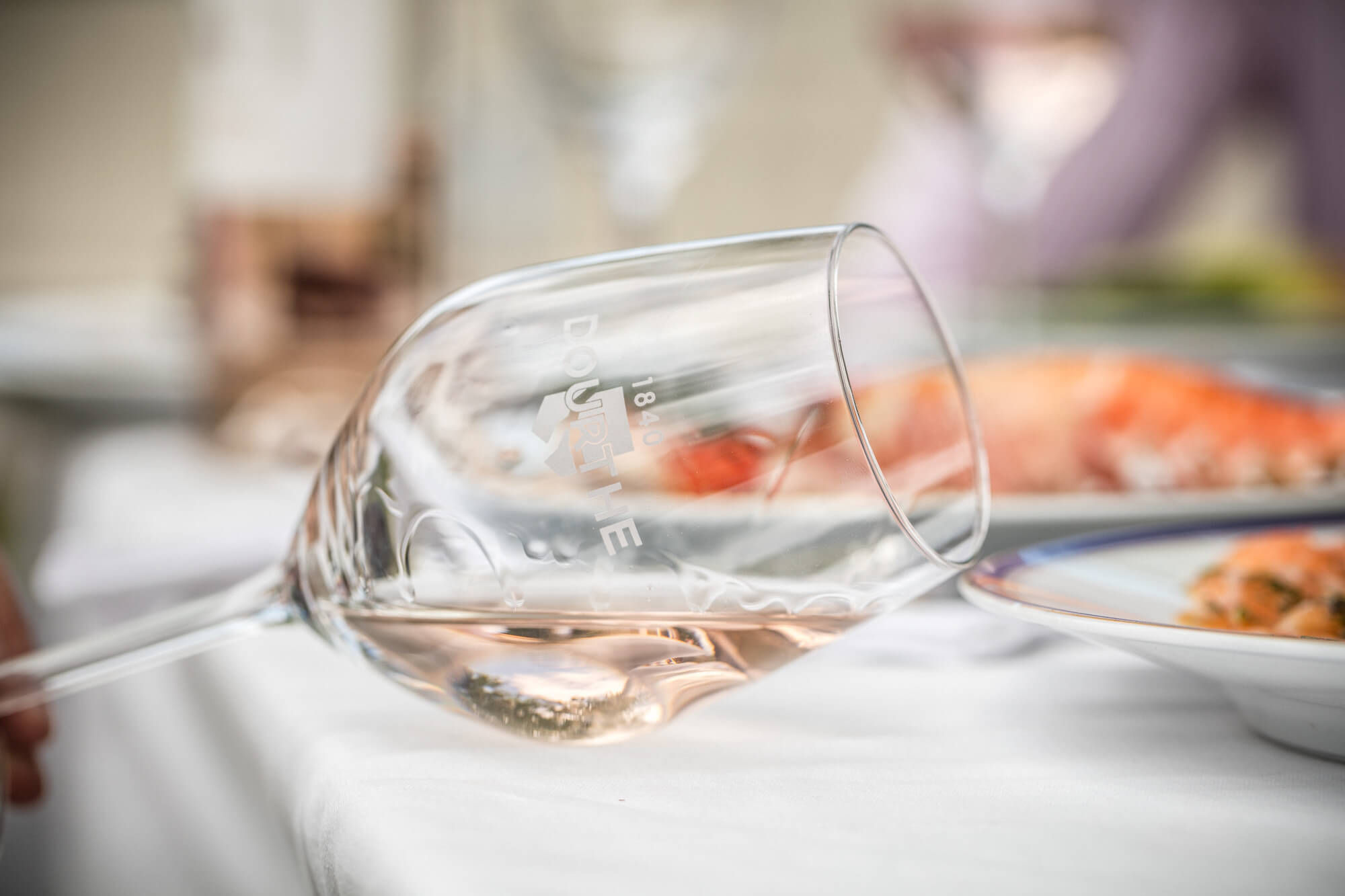TO KNOW EVERYTHING ABOUT US
Subscribe to our newsletter
17 June 2025

The Bordeaux Rosé AOC (average price €4.40), featuring star grape varieties like Cabernet Sauvignon, Cabernet Franc, and mostly Merlot—with the occasional Petit Verdot—aims to match the pale hue that has become the benchmark set by Provence. This is achieved by favoring winemaking techniques with very little (or no) maceration and a very fast direct pressing. “It’s somewhat outside the region’s usual practices, but producers have embraced it,” explains Stéphanie Sinoquet, director of the Planète Bordeaux trade association.
At Château Le Grand Verdus, a family estate in the Entre-Deux-Mers region, they proudly produce “a glou-glou rosé with flavor, a rosé with a South-Western accent” that’s also organic. No maceration, gentle pressing, and aging on lees with bâtonnage give rise to this aromatic and saline bomb made from Cabernet and Merlot.
Gastronomic Rosés
Another challenge: “Preserving the ‘Bordeaux’ identity while bringing in the modern touch expected by younger consumers.” Mission accepted with Mouton Cadet x Mathilde (168,000 bottles in the new ‘Fresh’ collection), a vegan, organic press rosé made from 100% Merlot and aged on fine lees—designed to fit their lifestyle and be enjoyed from aperitif to shared small plates.
With just the right summery label, like Dourthe and the Cave de Tutiac, who draw on local heritage: a watercolor of the stone bridge on Dourthe N°1 Rosé, a 100% Cabernet Franc that promises “freshness and precision.”
Far more exclusive are the gastronomic rosés from Bordeaux’s star châteaux: the truly remarkable Rosé x Giscours, from the 3rd growth estate in Margaux—a press rosé made from 100% Cabernet Sauvignon; and Les Hauts de Smith Rosé from Smith Haut Lafitte, a blend of Cabernet Sauvignon and Merlot, aged in both vats and barrels.
Saignée Rosés
Looking for a quality, budget-friendly alternative? Enter the rosés de saignée. Neither clairets (a distinct AOC, known for deeply colored wines, though little-known outside the region) nor clarets (a lighter red style awaiting INAO approval), these are true rosés—very much in the Bordeaux style. Darker in color and more structured than press rosés, they’re also less common. They’re made by “bleeding” red wine tanks to concentrate the reds, and the resulting rosé is robust enough to accompany an entire meal, can be enjoyed out of season, and even aged for a year or two.
-Béatrice Brasseur
To visit our site, you must be of legal age to purchase and consume alcohol according to the laws of your country of residence. If there is no such legislation, you must be at least 21 years old.
I accept these terms and conditions: No
Alcohol abuse is dangerous for your health, consume in moderation.